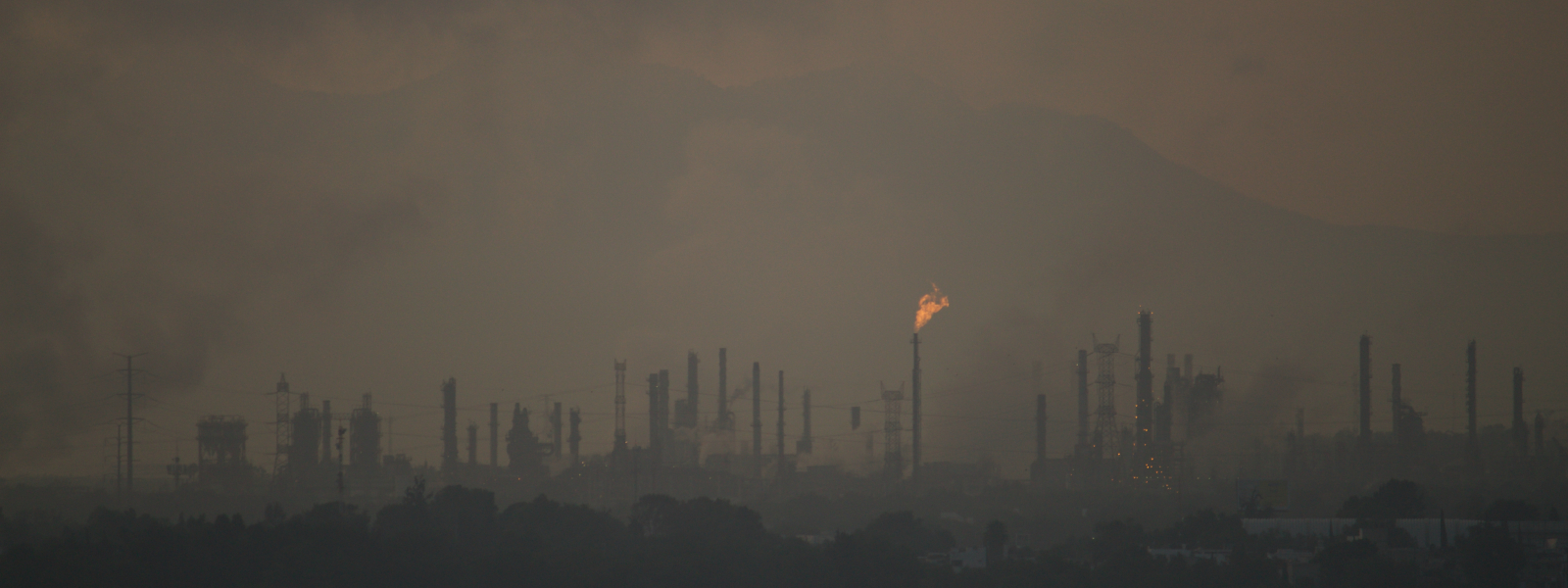Ghosts of bodies that inhabit urban natures. Territorial ruins left in the wake of socio-environmental disasters. Monstrous urban infrastructure megaprojects fed by toxic extractivism. Urban geography finds itself in times of crisis. How can researchers deal with cities experiencing multiple crises spanning from war and conflicts to debt and austerity as well as to climate change and loss of biodiversity? The anthology “Arts of Living on a Damaged Planet” by Anna Lowenhaupt Tsing and others puts forward a bold proposal: to engage in entangled histories, situated narratives, and thick descriptions that offer urgent critical and creative tools for collaborative survival in critical times. The book posits that pursuing this methodology will also allow scholars to be touched by their research and, as a result, induced to consider and imagine new possibilities. In the same vein, it is crucial to ask: What kind of planetary futures can we imagine collectively? What futures are we living in the present, and on what past futures can we build?
Streule, Monika (2024) Ghosts, ruins, monsters: urban geography in times of crisis. Geographica Helvetica 79.3, 241–246. DOI: 10.5194/gh-79-241-2024
